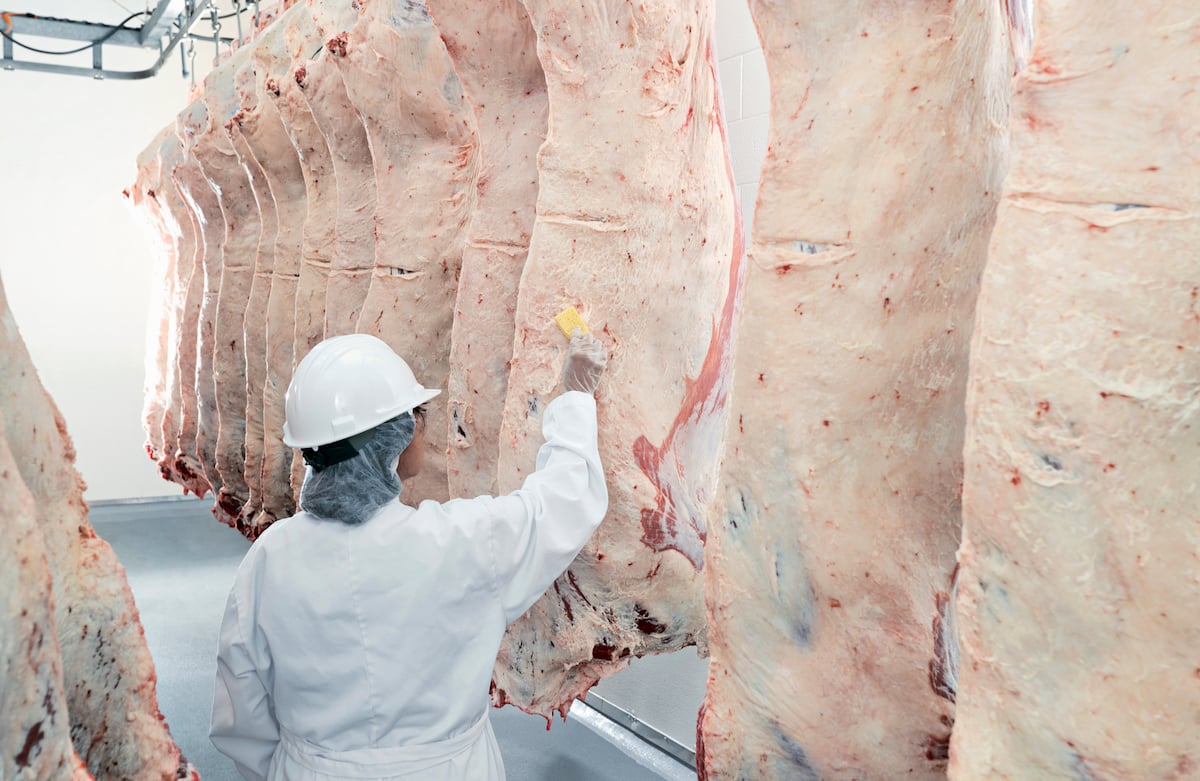Chicago | Reuters — U.S. wheat futures declined on Tuesday as the markets reacted to better-than-expected crop conditions, while soybean futures climbed to a two-month high on adverse weather conditions in Brazil before retreating.
The U.S. Department of Agriculture (USDA) rated 50 per cent of the country’s winter wheat crop in good-to-excellent condition after trading ended on Monday, up three percentage points from the previous week. It was the highest rating for this time of year since 2019.
“This is an OK crop. It’s not like it is a wonderful crop,” said Jason Ward, managing director of Northstar Commodity in Minneapolis. “It is dramatically better than what it was a year ago.”
Read Also

U.S. livestock: Cattle, hogs end week on high note
Cattle contracts and nearby hog futures ended the week on a high note after a week rife with losses. Most-traded…
K.C. December hard red winter wheat closed down 13-1/4 cents at $6.32-1/2 a bushel, and MGEX December spring wheat was last down 4-1/2 cents at $7.24-1/4 a bushel (all figures US$). The most-active Chicago Board of Trade wheat contract settled down 5-1/2 cents at $5.70-1/4 per bushel.
Improved crop prospects after rainfall in drought-hit Australia and Argentina also weighed on wheat prices.
Brazil, the world’s top soybean supplier, saw torrential downpours in southern areas while arid conditions persisted to the north.
“Southern Brazil has been way too wet, and there is more rain in the forecast,” Ward said.
During Tuesday’s session, most-active soybeans hit $13.80 a bushel, their highest price since Sept. 6, before settling down two cents at $13.62 per bushel. Soymeal futures reached contract highs.
USDA reported exporters sold more U.S. soybeans to China.
Corn ended down 8-3/4 cents at $4.68-1/2 a bushel on higher U.S. yield prospects.
The U.S. corn harvest was 81 per cent complete by Sunday, slightly below the average analyst estimate of 82 per cent but ahead of the five-year average pace of 77 per cent.
Traders are waiting for USDA to issue its November supply/demand and crop production data on Thursday.
“The yield is seen as coming in higher than it was a month ago,” said Lane Akre, economist with ProFarmer. “That’s historically not the case coming into November, and I think traders kind of realize that.”
— Brendan O’Brien is a Reuters breaking news reporter in Chicago.














